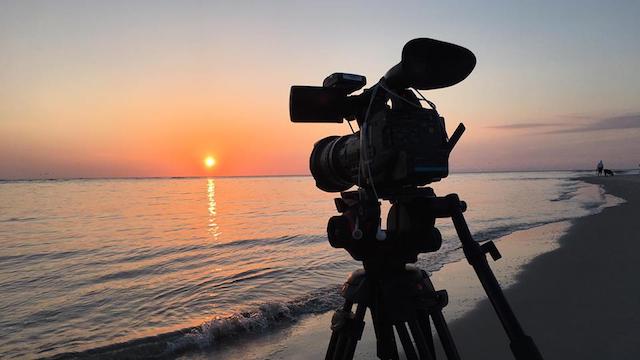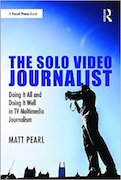I woke up and didn’t know where I was.
The room was pitch-black. My alarm had just disrupted five hours of uninterrupted sleep. I spent five seconds scanning for context clues until I remembered:
“I’m at a hotel. I’m on St. Simons Island. And I need to leave immediately for the beach to shoot a sunrise.”
TV news journalists often must execute their assignments within an immovable window of time. At my station, we hold a morning meeting at 9:30, match reporters with stories by 10, and then expect those stories to air sometime between 5 and 6:30 PM. Deadlines loom over every decision: “Should I get these extra shots? Do this extra interview? Actually sit down for lunch? Only if I have enough time.”
Long-form storytelling pushes back those boundaries. In my new role, I produce a story a week while handling a variety of other responsibilities for my station and company. I largely set my own schedule, and I know my assignment long before the day it is due. When I ask myself if I should take an extra step in service of the story, I often do not need to consider time as a factor.
So I often answer, “Yes,” arriving earlier, staying later, and working weekends far more than I did before. I pace myself and make sure to balance my hours when I can, but when I see the potential to tell a powerful story, I relish the chance to do so.
That’s what led me to this hotel on the Georgia coast. I had learned about a man from metro Atlanta named Douglas Stephens, who in 1981 threw a beer bottle into the ocean with a message inside. Thirty-six years later, the bottle had been found, and the man who discovered it was planning to return it to its original owner.
I had to be there.
So despite having just returned to Atlanta from a work trip Thursday evening, I prepared to leave again nearly 24 hours later. I packed a bag, gathered my gear, and set off on a five-hour drive — half of it in darkness — for the coast. I arrived on the island at 11:30 PM and went to sleep just after midnight, bracing myself for a busy Saturday.
I could have planned a much longer rest; the two men weren’t planning to exchange the bottle until 12:30 the following day. But I knew, to tell the story right, I needed to do more. I woke up at 6 AM so I could shoot sunrise on the beach just before 7. I drove to the nearest UPS Store to print photos and then headed back to the beach to capture them on video. I arranged a 10:30 interview with the man who found the bottle, Ryan Burchett, at his home in nearby Brunswick. Then I asked him to keep wearing his wireless microphone while I drove ahead to the meeting spot to put a similar mic on Douglas.
When the meeting happened, it brought smiles to all involved. I stood back and captured the moments, knowing I had done everything possible to produce a story worthy of them.
The piece would run the following week (you can watch it above), and I knew I would need to spend several days beforehand putting it together. But in this moment, I didn’t think about that. I said goodbye to Douglas and Ryan, packed my gear, ate a triumphant lunch, and began the five-hour drive back home.
And when I went to sleep that night in my own bed, I refused to set an alarm.
The Solo Video Journalist is available for purchase. You can find it on Amazon, Barnes & Noble, and the publisher’s web site.
Matt Pearl is the author of the Telling the Story blog and podcast. Feel free to comment below or e-mail Matt at matt@tellingthestoryblog.com. You can also follow Matt on Facebook and Twitter.

